Buying a BMW is for others to see, buying an Alfa Romeo is for yourself to see
 JamesNov 19, 2025, 11:43 AM
JamesNov 19, 2025, 11:43 AM
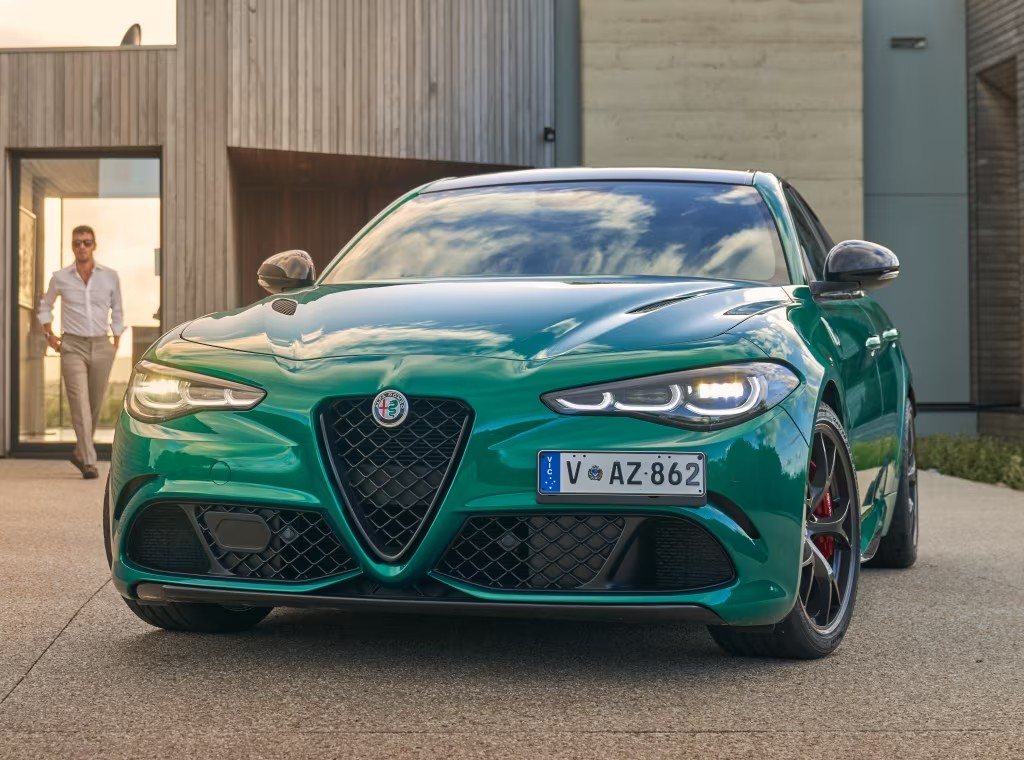
【PCauto】While many claim that buying a BMW 3 Series is about pursuing driving pleasure, those who hold this view may not be familiar with the Alfa Romeo Giulia. If they are aware of Alfa’s existence but still choose the BMW 3 Series, it means they are not truly pursuing pure driving.
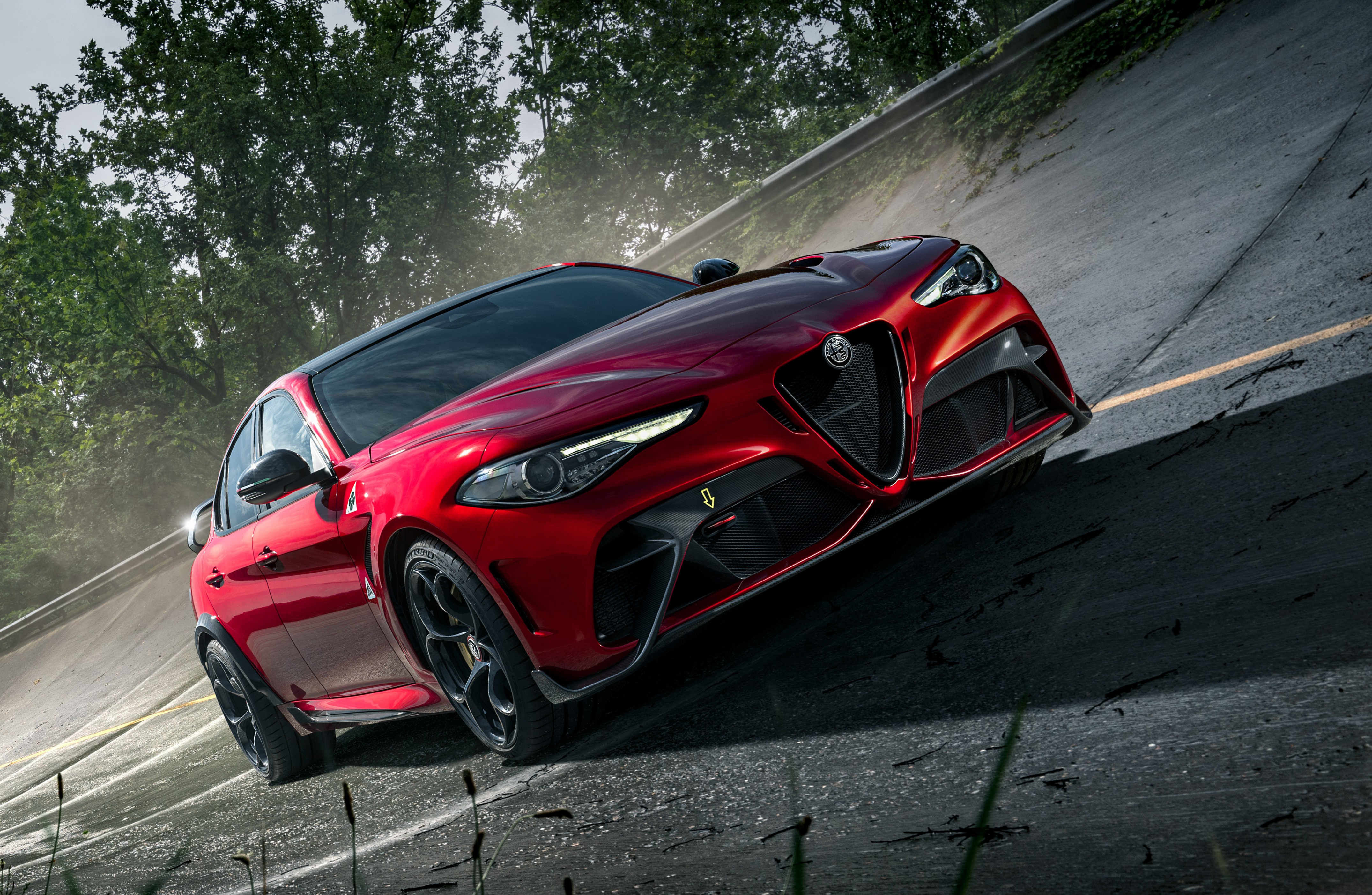
Why the Alfa Romeo Giulia is the purer driver’s car
Behind the wheel, the Giulia's purity first becomes apparent through its steering and body response. It employs an electronically assisted system that retains a authentic mechanical feel, granting it a more agile and linear character compared to the 3 Series. These qualities translate into a clear and tangible advantage on twisting roads, where the Giulia communicates with far greater precision.
Giulia’s steering response is faster
Not only is the Giulia's steering response quicker, but the feedback through the steering wheel is also more detailed. For example, when going over speed bumps, Giulia can transmit even the slightest vibrations of the road to the steering wheel. In contrast, the 3 Series feels more vague because it’s tuned to prioritize comfort. When cornering at high speed, Giulia’s front-end direction is very accurate.
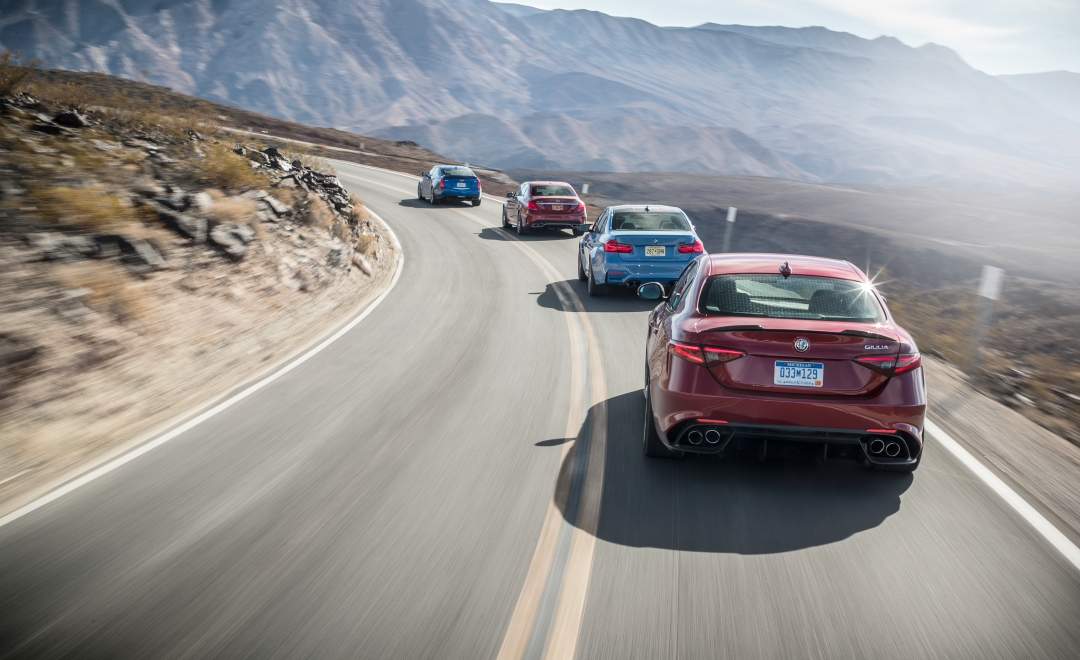
The Giulia's chassis provides superior support, confining body roll to within 3.5 degrees during successive turns, whereas the 3 Series allows up to approximately 5 degrees.
Although the Giulia's bump filtering is not as smooth, its road feedback is more precise, and it has a higher handling limit.
During lane changes or sudden steering maneuvers, the Giulia's rear end follows through crisply, unlike the 3 Series where sometimes you feel the front has turned but the rear is still dragging.
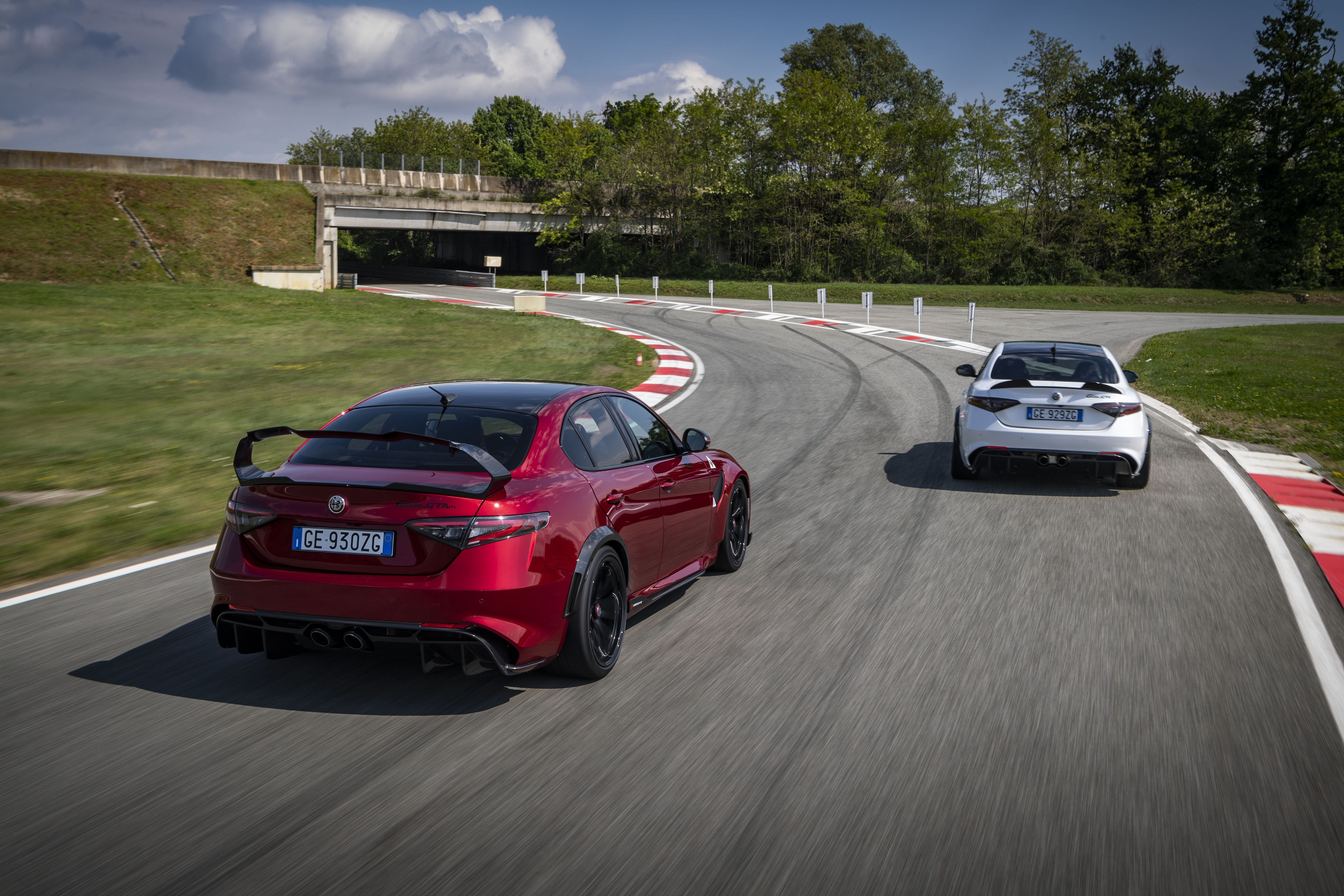
The Giulia's power response is also more immediate
In terms of power, the entry-level Giulia with its 280hp engine has a quicker response compared to the 325Li. It delivers power as soon as you press the accelerator, unlike the 3 Series which has a slight delay.
The high-performance Giulia QV elevates this further, its 510 horsepower enabling a 0-100 km/h time of just 3.9 seconds—a figure that closely shadows the M3's 3.5 seconds. However, in daily driving, the Giulia provides a more immediate and connected feel when accelerating.
This purity is no accident but the result of a clear initial mandate: to build a rear-wheel-drive sports sedan capable of competing head-on with the 3 Series.
Alfa prioritizes driving experience first, unlike BMW, which also has to consider business and family needs among other things.

Giulia's Advantages in Mechanical Design
There’s a reason why driving the Giulia feels so great — ultimately, it comes down to its sporty mechanical design. The steering ratio is a good example: the Giulia has a quick 14.5:1 steering ratio, while the 3 Series has a 15.1:1 ratio.
Although the numeric difference appears marginal, in practice, the Giulia's steering requires less input, making it noticeably more agile when parking at low speeds or cornering.
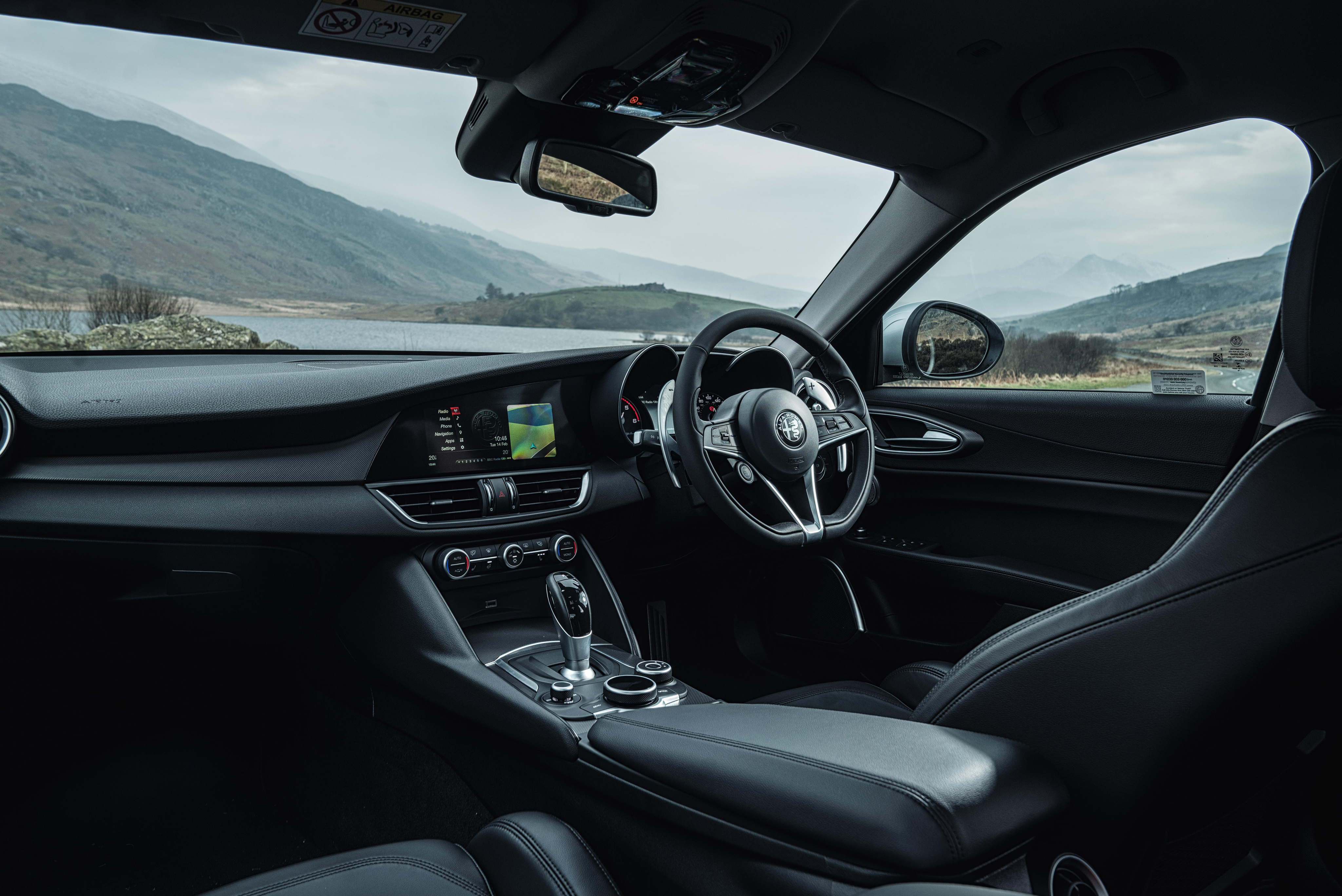
A product of the Maserati-derived Giorgio platform, the Giulia's lightweight and high-rigidity design is evident in its aluminum body panels and suspension components, shaving about 150kg versus the 3 Series. This, combined with a 15% gain in torsional rigidity, translates into a stiffer structure and directly manifests as the more precise handling for which the car is renowned.
The CLAR platform used by the 3 Series, although capable of accommodating vehicles like the 5 Series and X3, lacks the same level of sporty tuning purity.
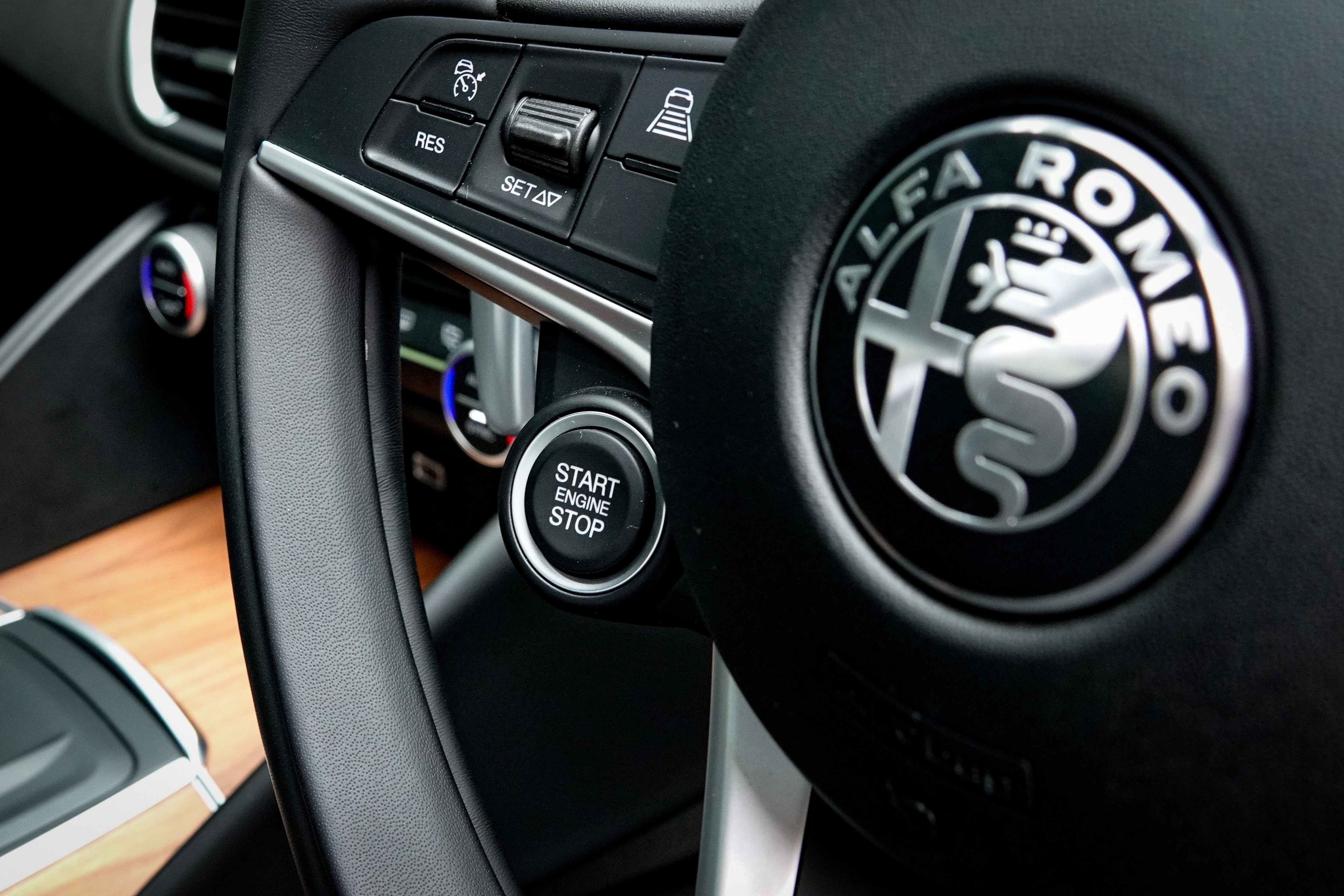
Why Doesn't the Alfa Romeo Giulia Sell as Well as the BMW 3 Series?
Alfa Romeo Vehicles Have Higher Maintenance Costs
The Alfa Romeo Giulia delivers strong performance, but maintenance and repairs can be a real headache. The most troublesome issue is the special parts. For example, replacing the carbon fiber driveshaft on the QV version can cost $12,000 and take two to three months.
However, the Giorgio platform's parts commonality—limited mainly to the Giulia and Stelvio—pales in comparison to the 3 Series' CLAR platform, which leverages extensive parts sharing across a wide range of BMW models. Repairs often require waiting for parts.
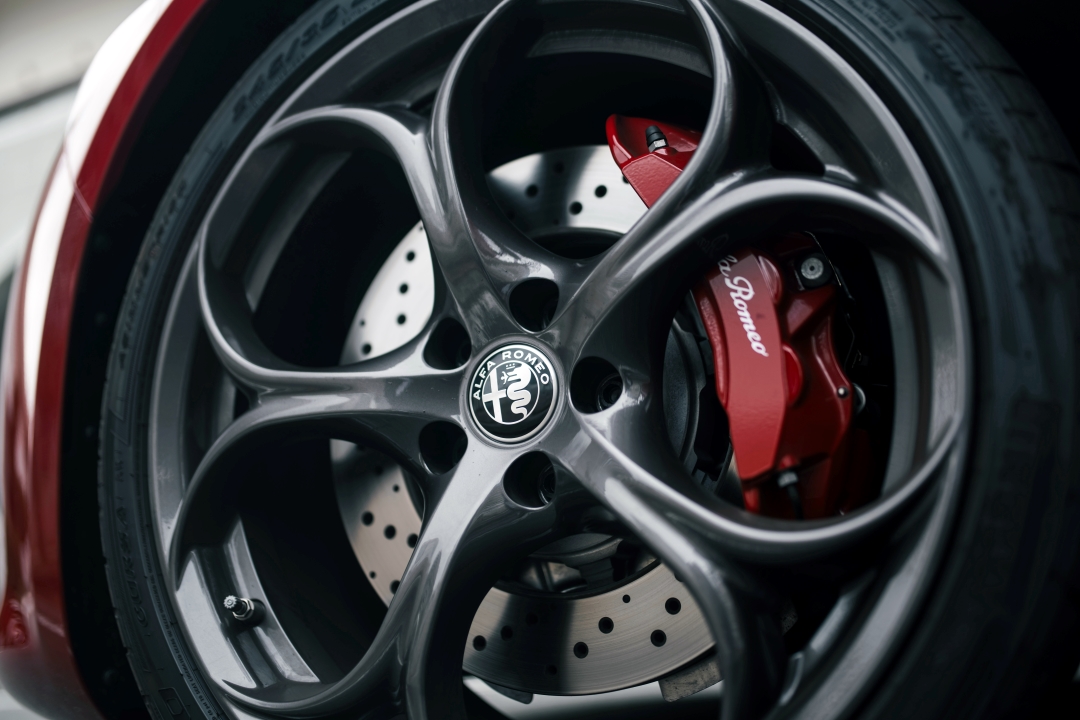
Alfa's electronic system is also a headache. Italian cars often have complex wiring layouts that many general repair shops are not equipped or trained to handle. For example, diagnosing ABS problems in the Giulia takes two to three hours longer than the 3 Series and requires specialized equipment to read the data.
Some owners have reported needing electronic system repairs up to three times within the first 20,000 kilometers, with each repair involving waiting a month for parts.
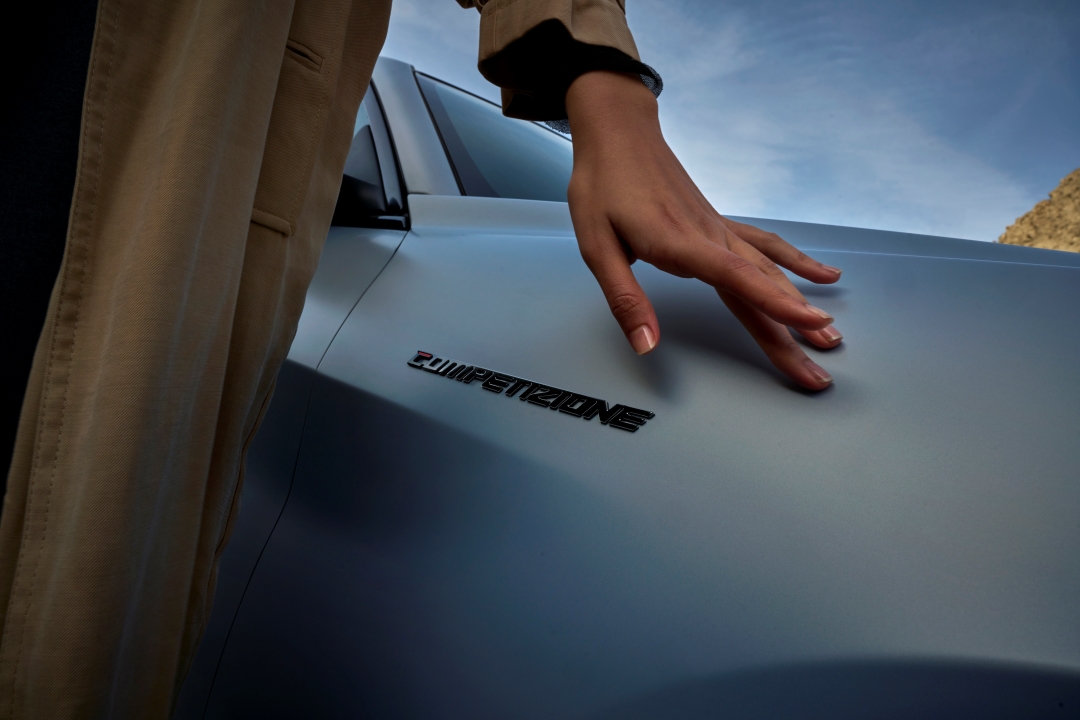
Giulia's Problems Worsen in Southeast Asia
Alfa Romeo's challenges are starkly illustrated in the Southeast Asian market. They entered Thailand and Malaysia in 2019 but withdrew by 2022, primarily due to Giulia's incompatibility with local conditions.
Local owners report a litany of issues: electronic systems succumbing to the high heat and humidity, triggering intermittent ABS/ESP warnings; low-quality fuel leads to turbo carbon buildup; and driving on rough roads often causes the aluminum suspension to loosen.

Marketing and After-Sales Can't Keep Up
Globally, Alfa Romeo's advertising budget is less than one-fifth of BMW's. Many people still think Giulia is a "cheap version of Maserati," which shows how poor the brand recognition is.
Alfa Romeo's situation in the Chinese market is even worse. The number of dealerships in China has been reduced from 58 to just 12, and the price of a new Giulia has dropped to almost the same level as a Camry. While such drastic price reductions may boost short-term sales, they ultimately erode the brand's perceived value.

The Charm and Cost of the Giulia
It's true that the Giulia doesn't sell well, but there's no denying its looks. That iconic inverted triangle grille turns heads on the road, offering a completely different style compared to the serious and business-like vibe of the 3 Series.
Interestingly, many people don't even know this car. Some even mistake the Giulia for a luxury sports car.
While the Giulia looks great, it's a pain to maintain. The five-year maintenance cost is 50% higher than that of a 3 Series, not to mention its electronic systems frequently malfunction. The most frustrating part is repairing it; parts often take forever to arrive, and you usually have to go to specialized repair shops for even minor fixes.
In essence, the Giulia is the automotive equivalent of a charming but high-maintenance partner—thrilling to be with, yet demanding of tolerance for its imperfections.
If any infringement occurs, please contact us for deletion
Trending News

BYD Sealion 7 is not only cheaper than Tesla Model Y, what other differences do they have?
Is it better to buy the BYD Sealion 7 or the Tesla Model Y? This really makes one a bit hesitant, but before you make a decision, I recommend you take a good look at this article.

Toyota Land Cruiser FJ did not disappoint, the most anticipated civilian off-road vehicle is back.
Since its birth in 1951 under the name Toyota BJ, the Land Cruiser series has accumulated sales of approximately 12.15 million units in over 190 countries and regions worldwide, becoming a global off-road icon spanning more than 70 years.

Toyota Corolla Cross mid-term facelift in China, featuring a new front face and interior design
Toyota released the mid-cycle facelift of the Toyota Corolla Cross in China. In China, this vehicle produced by GAC Toyota is called Frontlander, and it is the same model as the Toyota Corolla Cross produced by FAW Toyota.

2026 Toyota Hilux Travo released, the brand-new exterior and interior are highly anticipated
If you're considering buying a Hilux, honestly, the comprehensive innovations in the ninth generation are worth waiting for. While the current model might still have some advantages in terms of reliability and price, the new model offers significant changes in terms of exterior and interior luxury, tech features, and powertrain options.

There is news that the next-generation Toyota Hilux will be released in November, bringing a major redesign.
Nowadays, the HiLux, which has been sold for nearly ten years, is about to undergo a major upgrade. According to reports, the 2026 HiLux will make its global debut at the Thailand International Motor Expo from November 28 to December 10, 2025, with the first customer deliveries expected to be completed by mid-year.
Popular Cars
Car Compare

